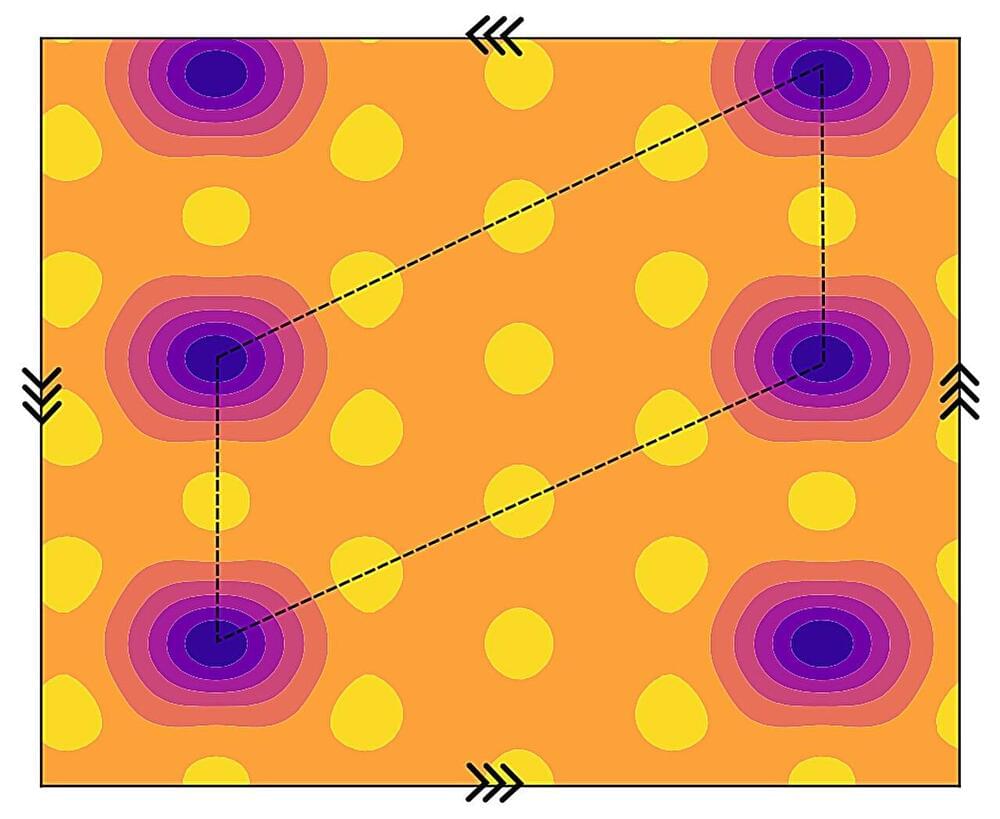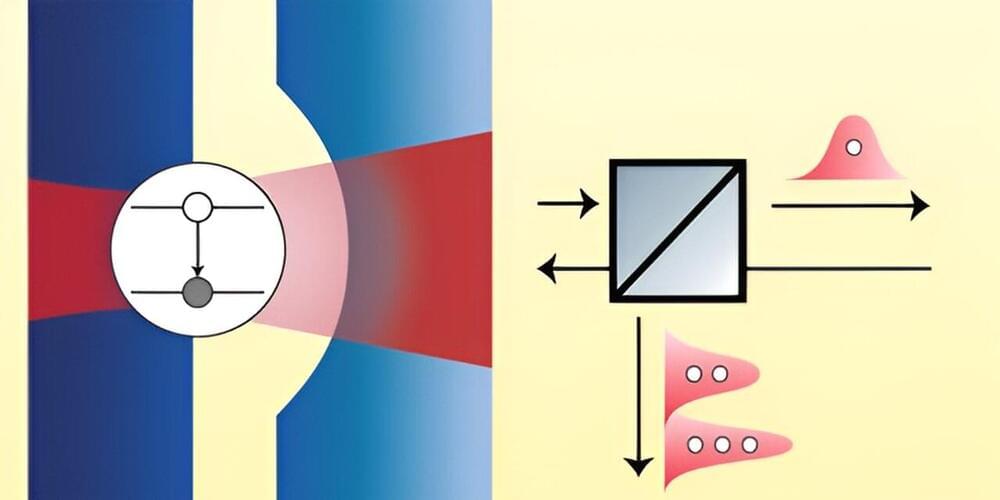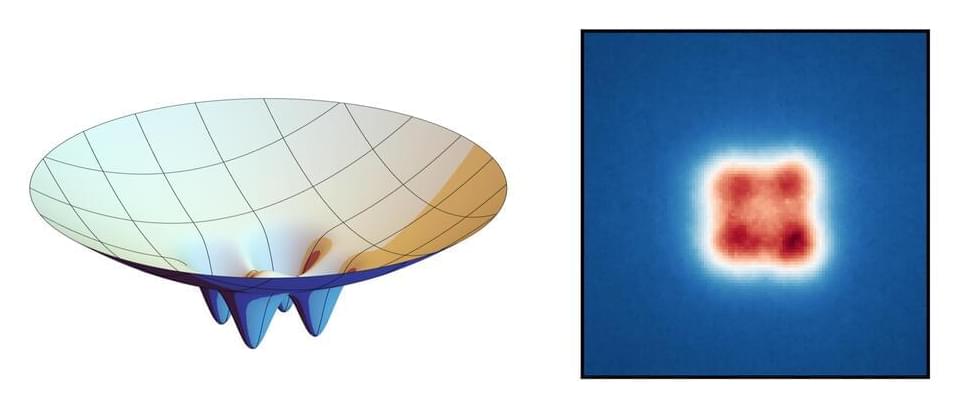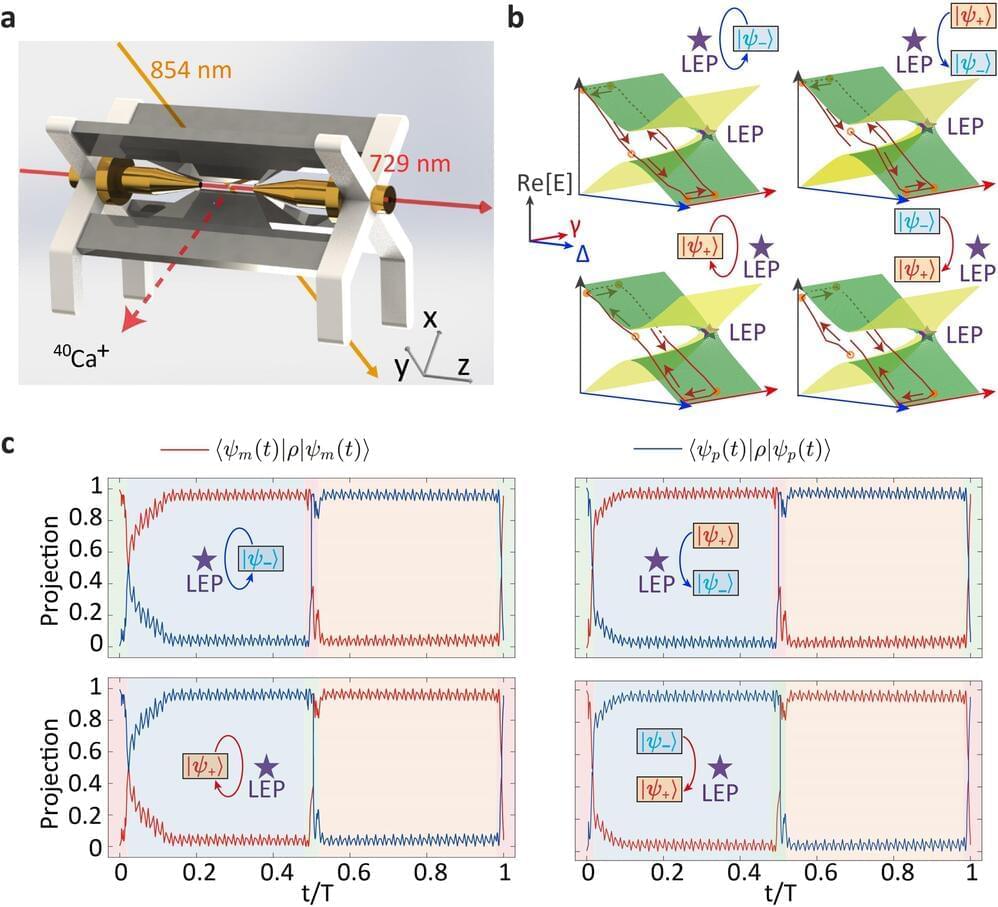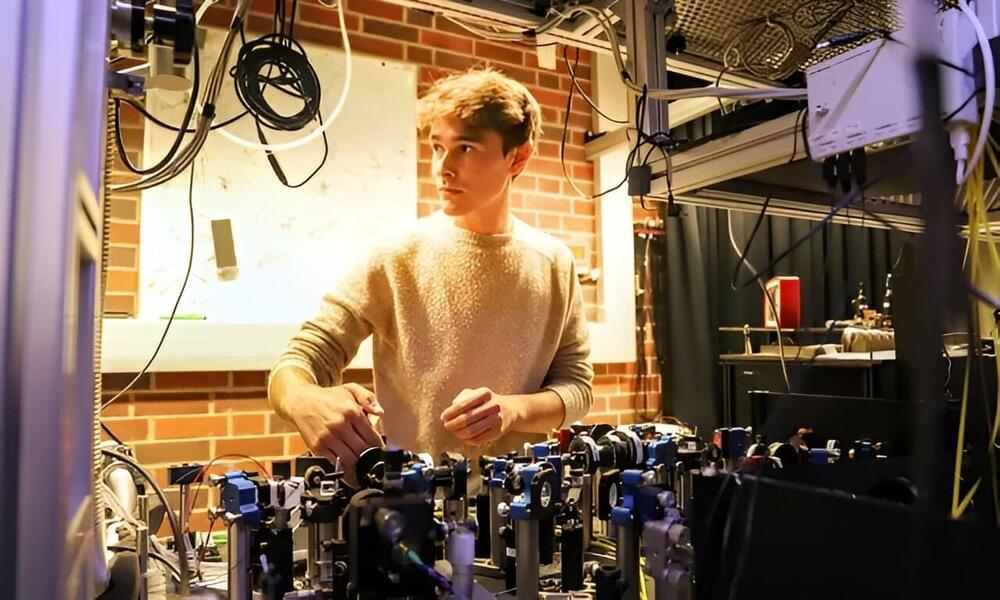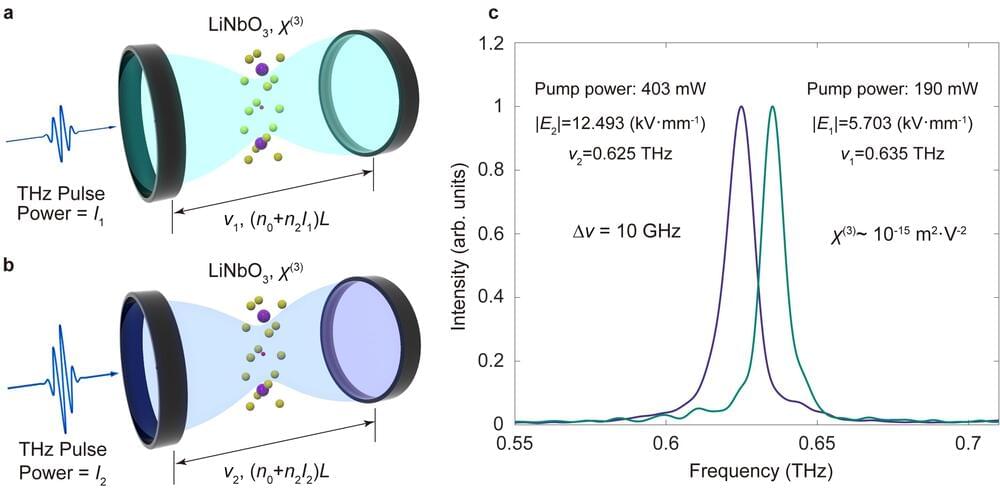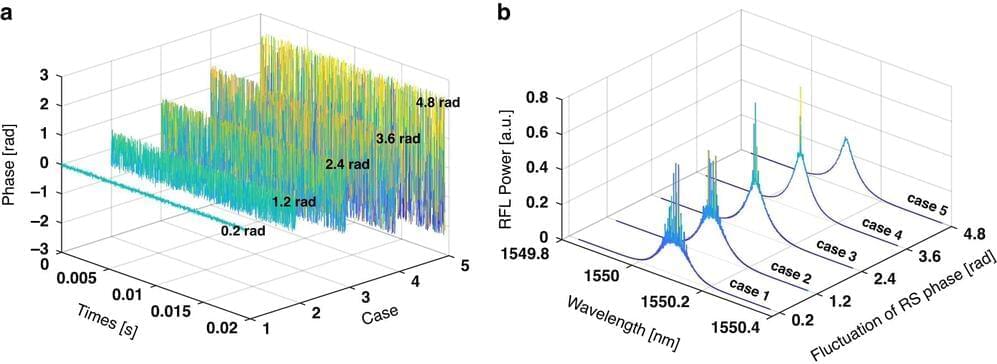Moiré superlattices, structures that arise when two layers of two-dimensional (2D) materials are overlaid with a small twist angle, have been the focus of numerous physics studies. This is because they have recently been found to host novel fascinating unobserved physical phenomena and exotic phases of matter.
To build light-based quantum technologies, scientists and engineers need the ability to generate and manipulate photons as individuals or a few at a time. To build such quantum photonic logic gates that might be used in an optical quantum computer requires a special medium which allows strong and controlled interactions of just a few photons.
Thousands of light particles can merge into a type of “super photon” under certain conditions. Researchers at the University of Bonn have now been able to use “tiny nano molds” to influence the design of this so-called Bose-Einstein condensate. This enables them to shape the speck of light into a simple lattice structure consisting of four points of light arranged in quadratic form.
Heat engines, converting heat into useful work, are vital in modern society. With advances in nanotechnology, exploring quantum heat engines (QHEs) is crucial for designing efficient systems and understanding quantum thermodynamics.
A team led by Robert Keil and Tommaso Faleo from the Department of Experimental Physics has investigated the relationship between entanglement and interference in quantum systems of more than two particles in the laboratory.
Terahertz (THz) waves and THz technologies have gradually opened a new style for communications, cloud-based storage/computing, information contest, and medical tools. With the advancement of THz technologies, studies on THz nonlinear optics have emerged, achieving considerable breakthroughs in both physics and technology.
Widely utilized across various industries such as chemistry, agriculture, and military, this technology relies on strategies like dispersive optics and narrow-band light filters.
However, limitations exist in these approaches. Additionally, the fabrication of large-scale InGaAs detector arrays poses challenges, necessitating the development of new experimental methods and algorithms to advance infrared hyperspectral imaging technology in terms of miniaturization and cost-effectiveness.
In a paper published in Light Science & Applications, a team led by Professor Baoqing Sun and Yuan Gao from Shandong University introduce a novel method for encoding near-infrared spectral and spatial data.
In both the natural world and human society, there commonly exist complex systems, such as climate systems, ecological systems, and network systems. Due to the involvement of numerous interacting elements, complex systems can stay in multiple different states, and their overall behavior generally exhibits randomness and high disorder.
A recent study underscores the dynamic nature of black holes and extends similar thermodynamic characteristics to Extremely Compact Objects, advancing our comprehension of their behavior in quantum gravity scenarios.
A paper titled “Universality of the thermodynamics of a quantum-mechanically radiating black hole departing from thermality,” published in Physics Letters B highlights the importance of considering black holes as dynamical systems, where variations in their geometry during radiation emissions are critical to accurately describing their thermodynamic behavior.
Bridging black holes and extremely compact objects.
Researchers have discovered tiny time delays in electron activity within molecules when exposed to X-rays, a groundbreaking finding made possible by advanced X-ray lasers at the Linac Coherent Light Source.
These delays, measured in attoseconds, reveal complex interactions that could advance our understanding of molecular dynamics and potentially influence fields like cancer detection.
Pioneering Attosecond Measurements
